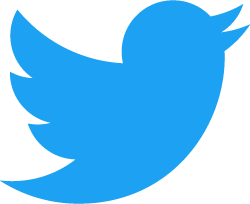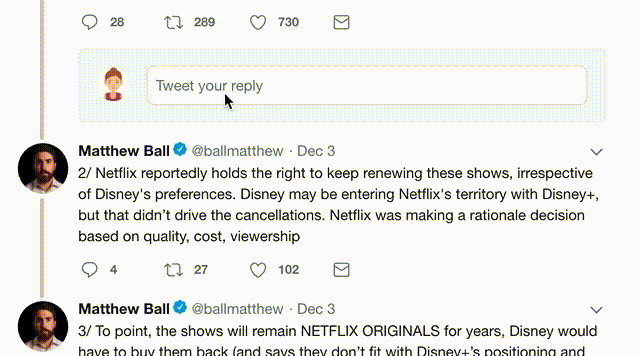We’re used to hearing that books take years to publish. That’s because the traditional publishing industry moves slowly.
Self publishing your book does not have to be a “Big Deal.”
Some people say you’re committing career suicide if you don’t put every fiber of your being into your first book.
Not surprisingly, these people are in bed with the traditional publishing industry somehow.
People have old ideas about what a book has to be. Books are being reinvented. The factors changed long ago, but our idea of books has been slow to change.
Most traditionally-published books are a blog post with 200 pages of filler. This is thanks to old ideas of what a “book” is.
No matter the length of your book, it gets the same landing page on Amazon as War & Peace.
There used to be a thriving “pamphlet” market, which fueled revolutions & made money for their authors.
Blogs were supposed to be the new pamphlet, but the economics suck.
I have a 40-page book that makes several hundred dollars each month.
It’s better to publish a bunch of books, & learn a little each time, than to die with your first book still inside you, just because you were trying to make it perfect.
You can publish to other outlets/formats with more work, but Kindle will get you 80% of the English ebook market.
Start with Kindle.
Traditional publishers have the resources to launch hardcover, ebook, & audiobook all at once.
You can do one format at a time. I launched the hardcover of The Heart to Start 2 years after Kindle.
You don’t have to know HTML to publish a Kindle book, but if you do, you have an advantage. Plus, tools such as Vellum can make layout easy.
Blog posts suck because the economics suck. Books are an honest exchange: value for value.
You can write something short that people search for on Amazon, & get paid for your writing.
If it can be a long-ish blog post, it can be a book.
Use Vellum or Sigil for formatting – even Microsoft Word will do – then upload to Kindle.
If you’re nervous about self-publishing, try publishing under a pseudonym.
Search for Amazon KDP, then publish 500 words on anything, using any name you want.
Learn the publishing process. Then, you can un-publish the book (it will always be visible in reports).
You can publish on KDP Print, or distribute to bookstores around the world with Ingram Spark. I live in South America, & never touch one of my books.
No up-front expense, just print on-demand, & instant profit.
KU is like a Netflix for books. You get paid by the page read. Readers in some genres read heavily on KU.
The catch is, you can only have your ebook on Amazon.
From 99¢ to $2.98, you get 35%. From $2.99–$9.99, you get 70%. $10 & above is 35% again.
Amazon makes it hard to list a book free, or “perma-free.”
This is why you see lots of $2.99. Lowest price at which you earn 70%.
Amazon gives authors great opportunities, but they’re not your friend. Build an email list.
I use @ActiveCampaign, but it gets complicated. I recommend @ConvertKit for authors.
It’s tempting to write a book that “defies genre,” but it’s a great way to fail.
Spend some time browsing to see in what categories your book belongs.
You can get a feel for revenue potential within a category by looking at the overall Amazon rank of the top book (and 100th book) within a category.
You want to see some sales, but less competition.
1) Invent an idea that spreads through the culture
2) Solve a specific problem
It's harder to get some sales w/ #1, but the sky is the limit. Easier to get some sales w/ #2, but there’s a ceiling.
If your book is searchable, use them all!
My book, How to Write a Book, has a crazy-long subtitle, full of relevant keywords, which drive sales.
You choose these as you publish on KDP. You can change them as often as you want.
It’s best to find phrases of 2-5 words, not seen in your title/subtitle, & that people actually search for.
This is a little-known secret! The Amazon publish process only allows 2 categories.
But you can email support & add your book to up to 10! (for Kindle & Paperback, each) Great way to improve organic visibility.
Because your book can be in 10 categories, if you make some sales, your book has a good chance of ranking #1 in one of the less-competitive categories you choose.
The trad. world will tell you it's not a "real" bestseller. They're wrong.
END
As a self-published book, it's gotten:
–A Publisher's Weekly review
–An endorsement from Seth Godin
–Selected for a BookBub (sent to 1M people)
amazon.com/Heart-Start-In…



